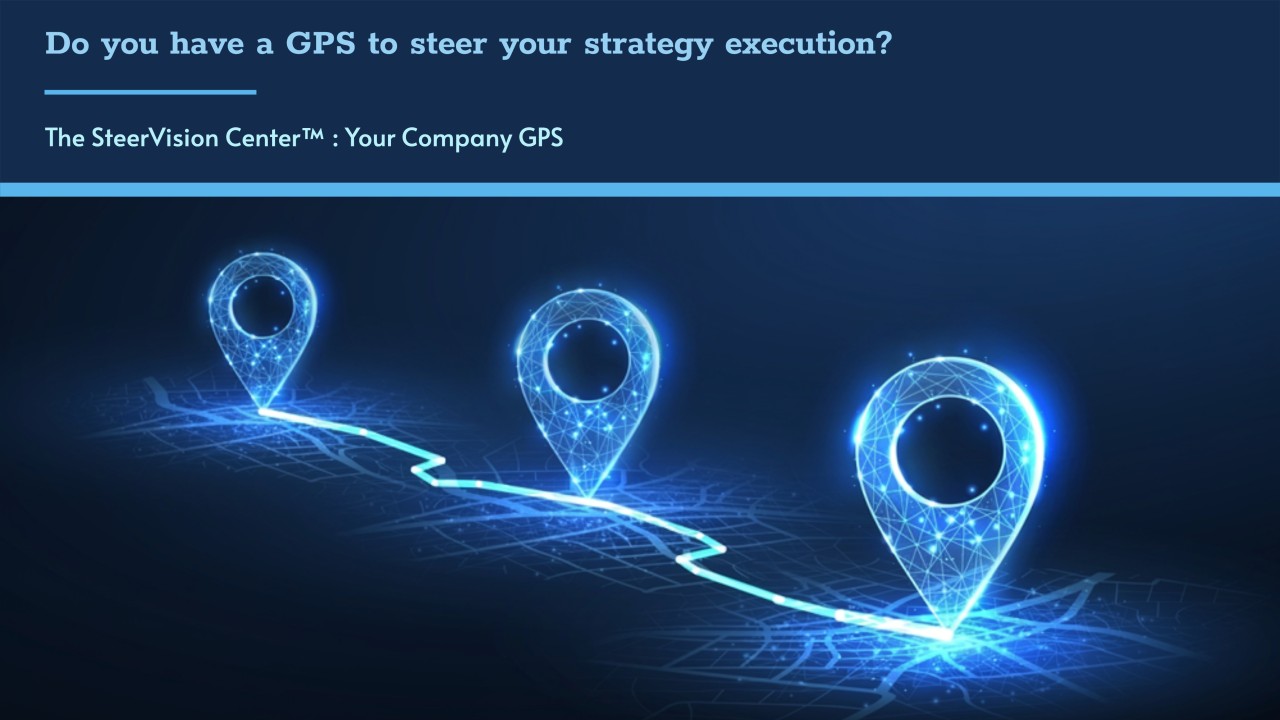
For over 25 years, I’ve been working closely with business leaders, and one thing has become abundantly clear: there are two distinct categories of executives when it comes to how they approach and execute their strategies.
The first category believes firmly that simply formalizing a strategic plan and regularly monitoring a few key performance indicators (KPIs) on a dashboard is enough to achieve their medium-term goals. These leaders assume that because they’re currently achieving favorable results, they have perfect control over their strategic trajectory.
In stark contrast, the second category understands that today’s world is marked by perpetual uncertainty: rapid market evolution, ever-changing customer expectations, geopolitical and economic tensions, environmental crises, and shifts in regulations. These leaders know that the long-term performance of their company greatly depends on their ability to anticipate and swiftly adapt to these changes.
The Trap of Short-Term Performance
Our extensive field experience at KA MATE Strategy consistently reveals a harsh reality: leaders in the first category often face significant difficulties within a few years. Their short-term focus, oriented solely around immediate results, leads them to overlook subtle market signals. When these signals become evident, it’s often already too late to respond effectively.
Such leaders often end up having to change positions due to poor results. Their market evolves without their awareness. It’s akin to driving a car while exclusively watching the dashboard without looking at the road ahead: eventually, an accident becomes inevitable.
The Steervision Center: The GPS for your Strategy Execution
In response to this reality, leaders in the second category differentiate themselves by leveraging innovative governance tools such as the Steervision Center, developed by KA MATE Strategy. This tool serves as a true GPS for businesses, enabling executives not only to track standard indicators but also to clearly visualize their strategic trajectory in a dynamic and uncertain environment.
The Steervision Center quickly identifies deviations from strategic goals and anticipates market shifts by recognizing weak signals. Just like a GPS that alerts you in advance of traffic jams or roadblocks, it allows leaders to adjust their courses in realtime.
Weak Signals: The Key to Strategic Anticipation
Why are recognizing and acting on weak signals so crucial to strategic execution? These signals serve as early indicators of significant market shifts. A subtle yet continuous decline in customer satisfaction, slight delays in delivering strategic projects, or escalating international trade tensions—all of these are signs that, if detected early, enable rapid strategic adjustments.
Conversely, leaders who ignore these signals, often overly confident in their current model, risk discovering these changes only once they have escalated into crises. Thus, a strategic GPS like the Steervision Center becomes indispensable to keep the company on track.
Collaborative Work: The Fuel of Successful Execution
Another essential characteristic of second-category leaders is their capacity to foster genuine collaboration within their leadership teams. Unlike leaders focused purely on formalization and vertical control, these executives emphasize collective intelligence.
This collaborative dynamic is significantly enhanced by tools like the Steervision Center, which centralizes strategic information and makes it transparent for the entire leadership team. Potential issues are identified more quickly, enabling more effective collective decision-making.
Dynamic Steering: The Key to Resilience
Today, effectively steering a company’s strategy requires a dynamic and adaptive approach. The most successful companies are those capable of rapidly pivoting in response to challenges and opportunities while maintaining a clear view of their initial strategic objectives.
This form of steering demands rigorous discipline, as Yves Connan emphasizes in his book “The Discipline of Strategic Execution.” Having a solid strategy isn’t enough; it must be implemented with discipline while maintaining the flexibility to adjust actions as the context evolves.
Business Cases: The Cost of Inaction
Recent economic history provides numerous examples of once-thriving companies that failed because they didn’t anticipate or adapt to change. Kodak, Nokia, and Blockbuster are emblematic of strategic inertia in the face of emerging technologies or new business models.
On the contrary, companies like Netflix and Amazon, which prioritize anticipation and rapid adaptation as core elements of their strategic governance, continue to experience outstanding success.
Choose Your Category
Today, the question you must ask yourself is clear: Which category of leader do you want to belong to? Do you want to be the leader who drives your company by solely watching the dashboard, unaware of potential obstacles ahead? Or do you want to be the one who uses a strategic GPS like the Steervision Center to ensure a safe and sustainably successful trajectory for your organization?
If the answer seems obvious, it’s time to take action: rethink your approach to strategic execution and adopt tools suited to today’s complex, dynamic environment.
Your ability to anticipate, adapt, and act collectively will determine your strategic success in the medium and long term.
So, are you ready to steer your company with a strategic GPS?
